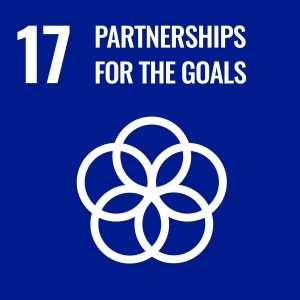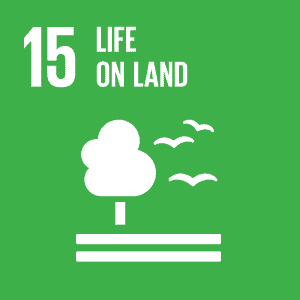Project Profile
Project Location
Cincinnati, OhioProject Operator
Cardinal Land ConservancyProject Type
PreservationProject Credits
3,612Credit Availability
AvailableProject Contact
Jack Stenger, Land Manager, jack@cardinallandconservancy.orgCardinal Land Conservancy (“Cardinal”) protected 37 acres of forest across two properties on the north side of Cincinnati, Ohio. By enrolling the properties in a carbon project, Cardinal aims to increase access to green spaces for under-resourced communities, protect natural forest communities and habitat for migratory birds and other wildlife, and support open space conservation in a highly populated area.
The Winton Preserve and Westmark Woods Forest Preservation Project consists of 65- and 95-year-old, old growth stands. The forest is classified as mixed-mesophytic, and the canopy consists of more than twenty species of trees, including a mix of maple, oak, hickory, sycamore, and beech. At the Westmark parcel, there are larger “wolf trees” throughout the property, including a 62-inch DBH (diameter at breast height) sycamore and a 44.5-inch DBH white oak. The project area is zoned for residential development. As part of the carbon project, Cardinal will record a deed restriction to preserve this high-quality forest.
Cardinal plans to provide free public access to both preserves by creating a natural-surface nature trail in each. Both preserves can be accessed by pedestrians from public sidewalks and are within a quarter mile of public bus stops. This will increase the opportunity for the surrounding communities to experience the health and wellness benefits that passive recreation in a natural area can provide.
Co-Benefits
Forest preservation projects not only reduce carbon dioxide from the atmosphere, but provide ecosystem services or co-benefits that can be quantified. The co-benefits from this project represent a savings (avoided costs) of $67,008 per year, and $2,680,300 over 40 years.
- Rain interception (stormwater management) – 7,241.5 m3/year, $51,848 per year
- Air quality – 0.3031 t/yr, $456 per year
- Energy – cooling (electricity) – 57,005 kWh/year, $4,327 per year
- Energy – heating (natural gas) – 1,065,893 kBtu/year, $10,376 per year
Social Impacts
The 17 United Nations Sustainable Development Goals (SDGs) are an urgent call for action and global partnership among all countries, representing key benchmarks for creating a better world and environment for everyone. Well-designed and managed urban forests make significant contributions to the environmental sustainability, economic viability and livability of cities.
The main SDGs for this project are described below, with more detailed information in the Project Design Document.
![]()
The forests are located in or adjacent to communities above the 90th percentile in the nation for asthma prevalence, and considered underserved. Cardinal Land Conservancy plans to provide free public access to both preserves via trails.

Cardinal Land Conservancy plants to use a master planning process to engage the local community, engage volunteers, and open up the preserves by the end of 2025.
 This project protects many native species of trees in forests that are underrepresented in the urban Cincinnati landscape. It will also support the migratory songbirds that are common in this region of the city.
This project protects many native species of trees in forests that are underrepresented in the urban Cincinnati landscape. It will also support the migratory songbirds that are common in this region of the city.
Total Credits Issued: 3,612
- 2024: 3,612 credits issued
Total Credits Sold: 0
Total Credits Retired: 0
Total Credits Cancelled: 0
Total Credits Available for Purchase: 3,612
